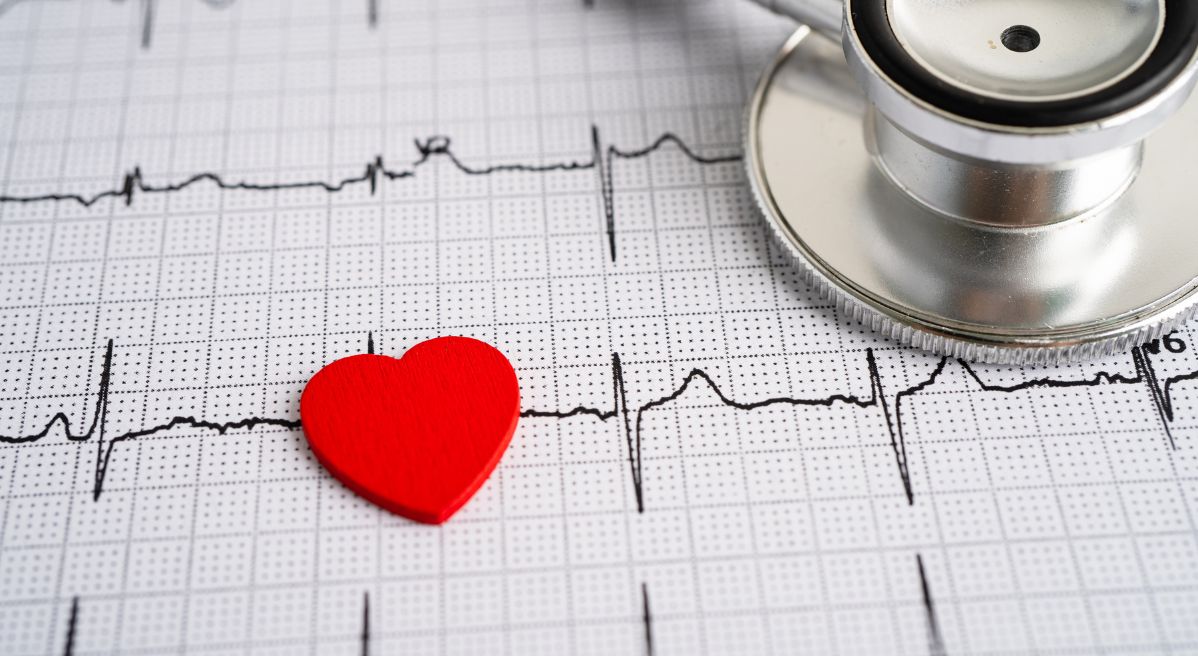When is a sports heart a sign of a serious condition and how is it treated?
Every athlete who trains intensively has larger and stronger muscles than individuals who do not engage in sports or physically demanding occupations. The same applies to the heart. Increased physical activity requires greater amounts of oxygen to be delivered through the blood, causing the heart to gradually become larger, stronger, and have a greater capacity to pump blood. This type of heart is referred to as a sports heart and does not indicate any disease.
However, an enlarged cardiac muscle, or sports heart, can also be a sign of potentially dangerous heart conditions such as hypertrophic cardiomyopathy (heart hypertrophy) or dilated cardiomyopathy (enlarged heart).
If an athlete exhibits an enlarged heart, it is essential to determine whether it is harmless or if it indicates a serious health problem that could even lead to sudden death during intense exertion.
What is hypertrophy of the heart?
Hypertrophic cardiomyopathy (hypertrophy of the heart) is characterized by the thickening of the cardiac muscle, specifically the walls or septum of the heart. The exact cause is not clear, but it is believed to have a genetic component. Often, when this diagnosis is made, it is found that a close relative has had the same problem. Hypertrophy is a leading cause of sudden death in young athletes, which is why regular comprehensive cardiological diagnostics are necessary for athletes.
Symptoms of heart hypertrophy may include: difficulty breathing during exertion, fatigue, chest pain and tightness, dizziness, arrhythmia, and brief loss of consciousness. When a doctor listens to the heart using a stethoscope, a murmur may be heard in this condition.
What is dilated heart?
Dilated cardiomyopathy (dilated heart) involves the enlargement of the heart chambers, resulting in the heart being unable to efficiently pump blood into the aorta. The exact causes are not clear, although it is believed that they can be attributed to viral infections, arrhythmias, high blood pressure, diabetes, and obesity.
Symptoms of dilated heart can include: fatigue and weakness, difficulty breathing during exertion or at rest, dizziness, fainting, chest pain, rapid heartbeat or palpitations, swelling in the hands, legs, and abdomen, and swollen veins.
How is sports heart diagnosed?
To determine whether a person has a sports heart, it is crucial to establish whether the athlete has a slightly larger and stronger heart as a result of intense physical activity or if there are underlying serious heart conditions, such as cardiomyopathies.
A cardiological examination typically involves the doctor listening to the heart using a stethoscope to detect any murmurs. It is important to ascertain whether there is a history of cardiomyopathies in the patient’s family. If one of the parents has hypertrophic cardiomyopathy, there is a 50% chance that the child will inherit it.
The following diagnostic procedures are then performed:
- Echocardiogram (ultrasound of the heart)
- Electrocardiogram (ECG)
- Twenty-four-hour Holter monitoring (continuous EKG monitoring)
- Stress test (exercise test)
- Cardiac catheterization with heart tissue sampling (biopsy)
- Laboratory tests
- Chest X-ray
- Cardiac CT scan or MRI (Magnetic Resonance Imaging)
Consequences of untreated cardiomyopathies
If cardiomyopathies go undetected and untreated, the consequences can be very serious. In addition to symptoms such as difficulty breathing, heart palpitations, chest tightness and pain, dizziness, fainting, and brief loss of consciousness, there can be complications such as thrombosis, cardiac arrest, and sudden death.
Physical activity and sports heart
Even when an athlete receives a diagnosis of a cardiac condition, it does not necessarily mean they have to give up physical activity. There are examples of athletes who have had arrhythmias but have returned to their sports careers after receiving implantable defibrillators.
It is necessary for the cardiologist and sports medicine physician to assess, based on the diagnosis, the level of exertion that a patient with a sports heart can tolerate. If a form of cardiomyopathy has been identified, the athlete should not continue competitive sports and should avoid high-intensity physical activities such as weightlifting. Fortunately, they can still engage in recreational activities of moderate intensity, such as brisk walking for about twenty minutes every day, swimming, or cycling.
If cardiomyopathy is detected in a timely manner and treatment is initiated immediately, the patient can have a long and fulfilling life.





